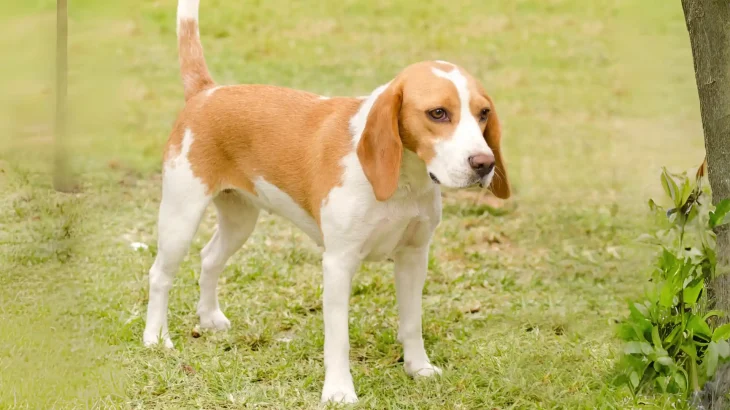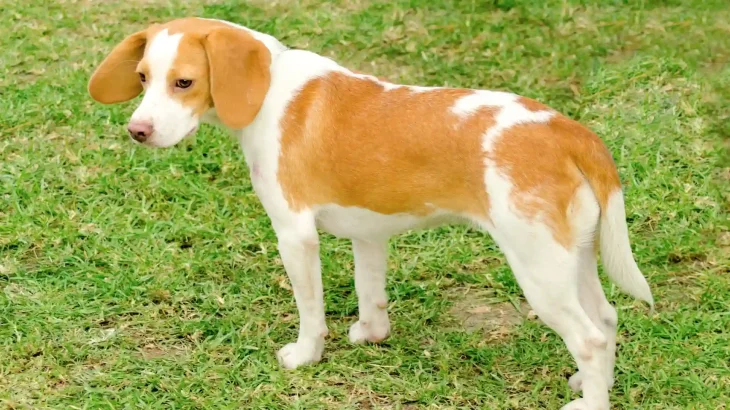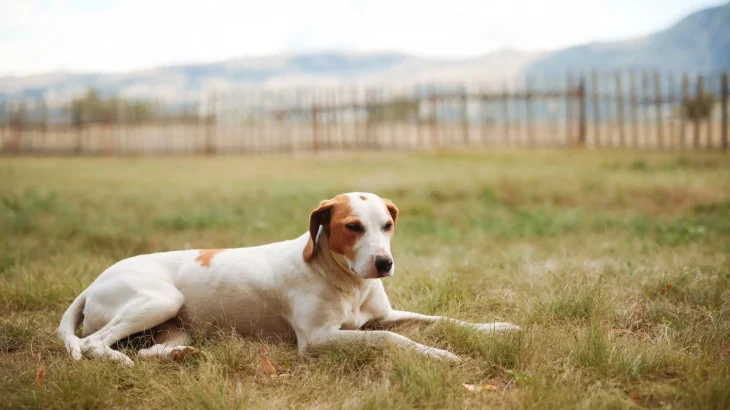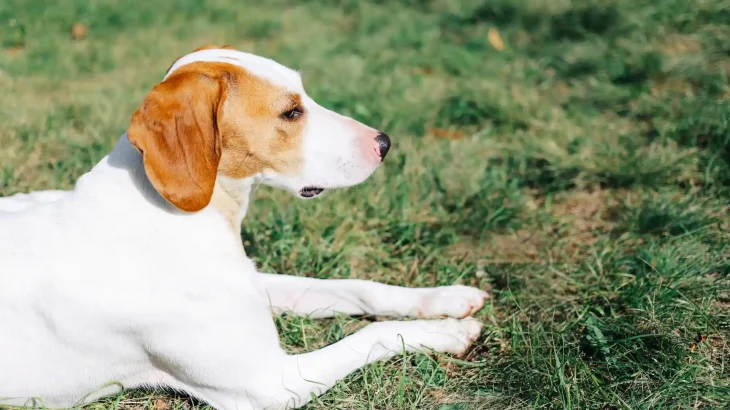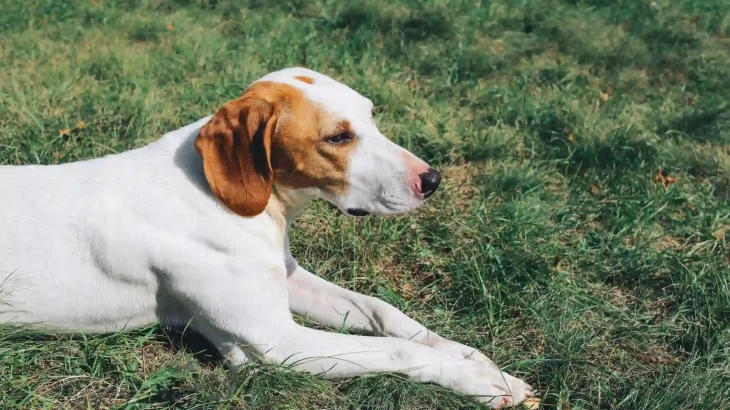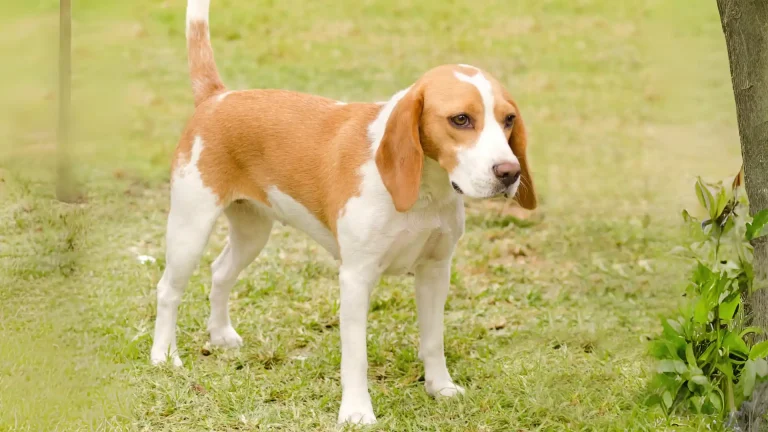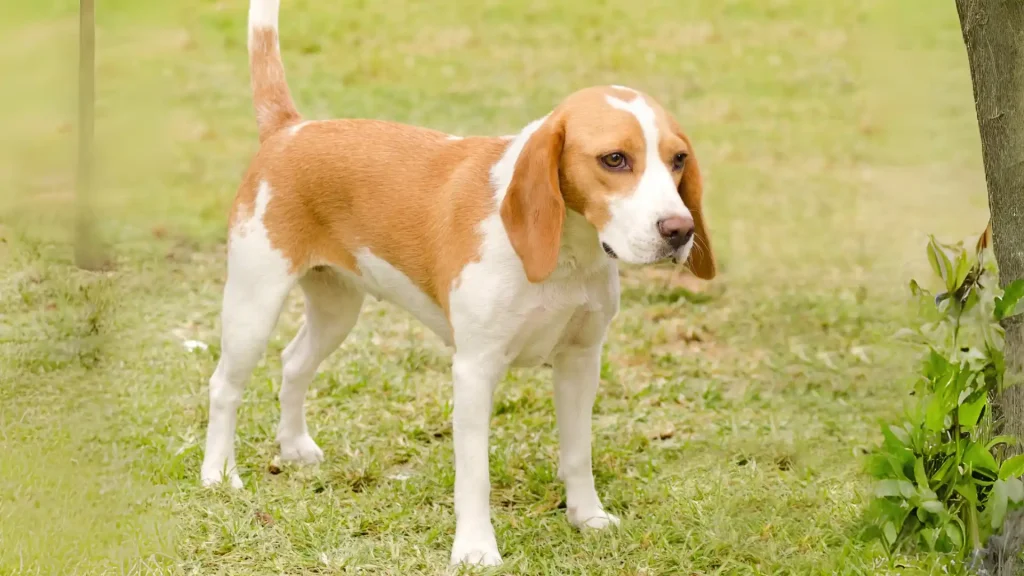Deciding between adopting or purchasing an Istrian Coarse-haired Hound puppy depends on your priorities about cost, health, and ethics. Buying from a breeder usually gives clearer insight into the dog's health history and pedigree, while adopting supports animal welfare and can be less costly. Both options have unique benefits for this rare, active hunting breed.
| Criteria | Buying from Breeder | Adopting from Shelter/Rescue |
|---|---|---|
| Cost | Higher, around $900-$1000, reflecting purebred status. | Lower fees, supporting shelter operations. |
| Health History | Detailed health records and genetic screening often available. | Health info might be limited; basic checks usually done. |
| Age Availability | Mostly puppies, allowing early training. | Varied ages, including adults. |
| Temperament Insight | Breeders provide lineage-based temperament info. | Shelter staff share behavior observations; full history uncertain. |
| Ethical Considerations | Supports responsible breed preservation but watch for puppy mills. | Helps animal welfare by giving a dog a home. |
| Breed Purity & Pedigree | Clear documentation ensuring breed standards. | Often unknown pedigree, possible mixed breeds. |

